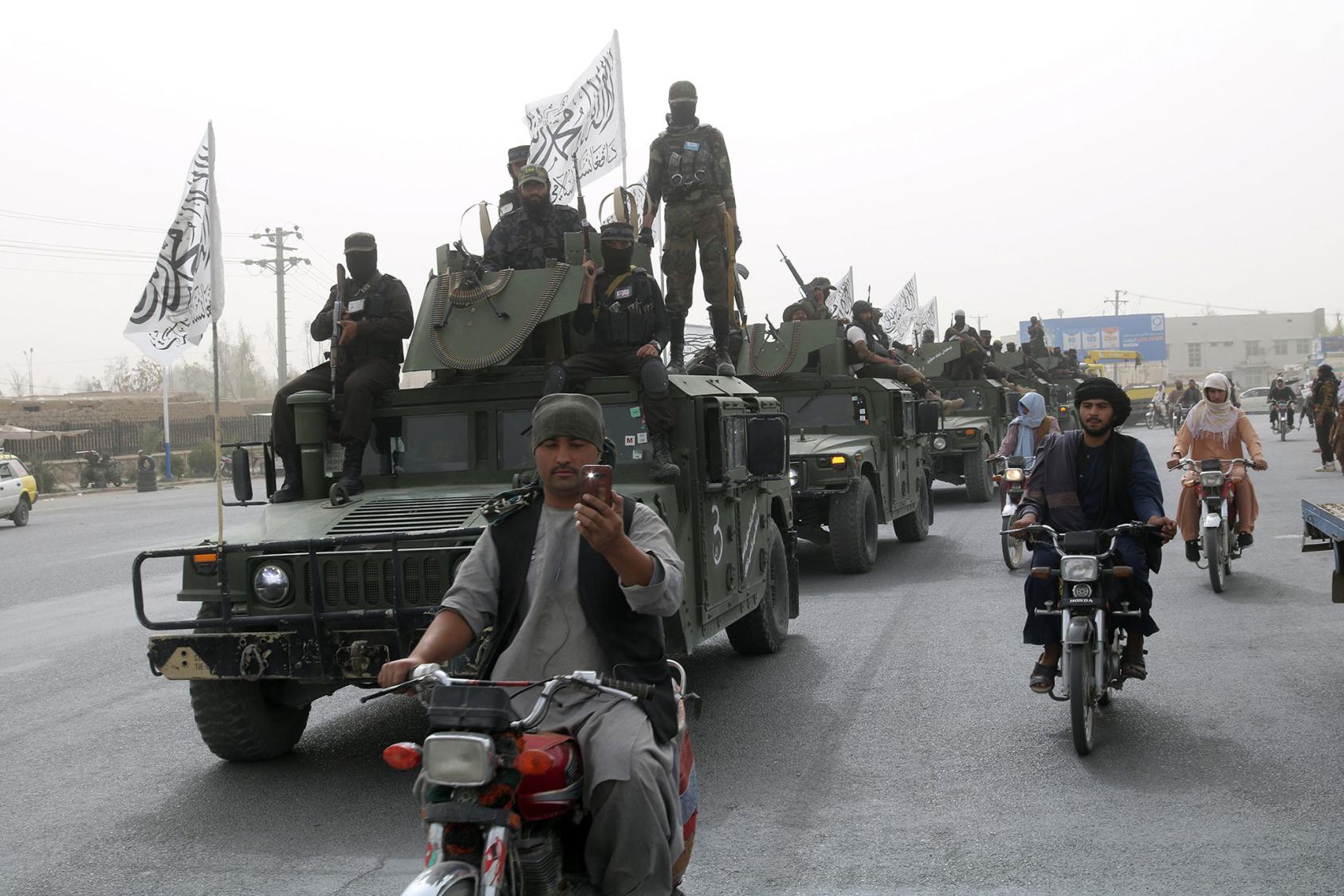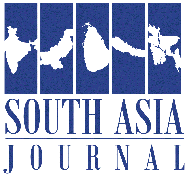
The rapid and chaotic withdrawal of U.S. forces from Afghanistan in 2021 has left behind more than just a political vacuum. It has unleashed a dangerous proliferation of advanced weaponry into the hands of non-state actors across the broader Middle East and South Asia. Among the most alarming recent developments is the reported transfer of U.S.-origin weapons—abandoned or captured in Afghanistan—to the Houthi rebels in Yemen. This development, while not entirely unexpected, introduces a deeply destabilizing variable into an already volatile regional security architecture.
The weapons in question are not limited to small arms and ammunition. According to recent reports from Middle Eastern news outlets, the Houthis—an Iran-aligned militia embroiled in a brutal civil war with the internationally recognized Yemeni government—have gained access to modern U.S. military hardware, potentially including advanced optical systems, encrypted communication gear, and precision-guided weapons. The prospect of such sensitive military technology falling into the hands of sophisticated insurgent groups not only endangers lives on the ground but raises serious concerns about the potential for reverse engineering by hostile states or proxy groups.
From a strategic perspective, this situation is a textbook example of blowback—the unintended and often disastrous consequences of military decisions made without long-term contingency planning. The U.S. exit from Afghanistan, conducted under significant political pressure and within a narrow timeline, failed to ensure that billions of dollars’ worth of armaments did not end up in hostile hands. This lapse has effectively armed the Taliban with an arsenal that includes rifles, night-vision devices, drones, armored vehicles, and even aircraft. Now, the ripple effects of that oversight are being felt thousands of miles away.
For countries like Pakistan, this is not a theoretical concern—it is a lived security threat. Pakistani authorities have repeatedly warned the international community about the risks posed by U.S.-origin weapons falling into terrorist hands. Their warnings are not without basis. Security operations in Pakistan have uncovered American-made weapons being used by terrorist groups such as the Tehrik-i-Taliban Pakistan (TTP) and the Balochistan Liberation Army (BLA), both of which have launched deadly attacks within Pakistan in recent months. These weapons enhance not only the lethality of such groups but also their operational sophistication.
Pakistan’s concerns have been further compounded by the non-cooperative posture of the Taliban regime in Kabul. Despite sharing a porous border and deep ethno-political ties, Afghanistan under Taliban rule has shown little interest in cooperating on counterterrorism matters. Instead, it has allowed transnational militant groups such as the Islamic Movement of Uzbekistan (IMU), East Turkestan Islamic Movement (ETIM), and even Al-Qaeda to reorganize and rearm within its borders. The presence of such entities, now potentially armed with advanced U.S. weaponry, underscores the dangerous nexus between state collapse, insurgent opportunism, and great power negligence.
From a geostrategic realism perspective, this development represents a redistribution of hard power resources away from state actors to fragmented, ideologically driven non-state entities. This shift threatens to upend traditional military balances, particularly in conflict theaters like Yemen where asymmetrical warfare is the norm. A Houthi force equipped with American-grade weapons changes the tactical equation for Saudi-led coalition forces and could prolong the war, increase civilian casualties, and derail already fragile peace negotiations.
Moreover, the technological dimension of this crisis cannot be understated. The proliferation of advanced weaponry creates the risk of military tech leakage, whereby sensitive U.S. systems could be dissected, copied, or sold to adversarial powers—particularly those with established interests in proxy warfare such as Iran or Russia. In this context, the issue is not just about lost weapons; it’s about lost technological superiority.
To restore some semblance of control, the U.S. must undertake a multi-pronged damage control strategy. First, it must invest in intelligence and surveillance efforts to track the flow of these weapons across borders. Second, it must increase support to regional counterterrorism initiatives, particularly those led by states most directly affected, such as Pakistan, Yemen, and Saudi Arabia. Third, the U.S. must exert diplomatic pressure on the Taliban to recover and return—or at the very least secure—the remaining arsenal.
Finally, this incident should serve as a wake-up call for the global arms control community. We must now treat post-conflict arms governance as seriously as we treat disarmament treaties. In a world where insurgents and warlords can field weapons once meant for trained soldiers, the line between conventional and irregular warfare has been irreversibly blurred. The crisis unfolding in Yemen and beyond is a reminder that wars may end, but the weapons often stay behind—and with them, the seeds of the next conflict. The international community, and particularly the U.S., must act decisively before these seeds take deeper root and yield a harvest of even greater instability.
